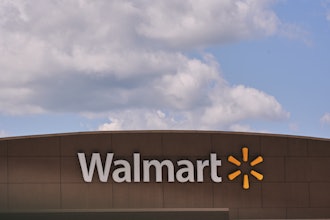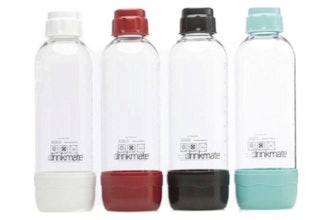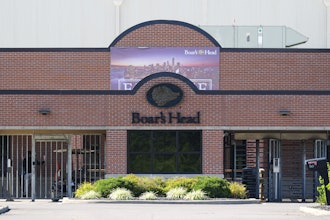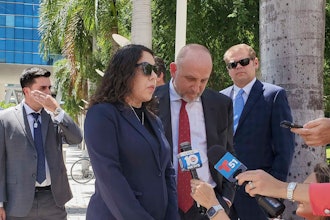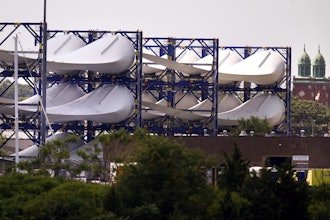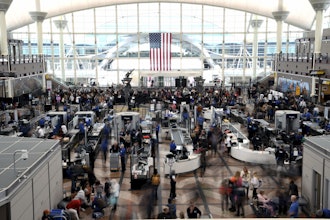Product recalls can cause plenty of chaos. Just take a look at Samsung’s Galaxy Note 7. After reports of overheating batteries surfaced in the summer of 2016, the critically acclaimed smartphone was pulled from 10 different markets worldwide. A total of 2.5 million Note 7s were recalled — including 1 million in the U.S. alone.
To help calm consumer concerns, the smartphone manufacturer issued around 900,000 replacement devices. It quickly became clear, however, the replacement devices posed the same risks as their predecessors. A Southwest Airlines flight was evacuated months later in early October 2016 when a replacement Note 7 caught fire. The subsequent recall of each and every replacement device further eroded consumer trust and shaved more than $2 billion off the company’s projected earnings in the third quarter of 2016.
Avoid finding yourself in a similar situation by embracing the power of traceability. Capable of minimizing customer impact and lowering costs, traceability promises to help you sidestep the many downsides that come with messy recalls.
Why Traceability Is Worth It
Recalls are a part of nearly every industry. Take the automotive industry, for example. At least 50 million U.S. vehicles were recalled annually from 2014 to 2016. But just because a product recall takes place doesn’t mean it has to disrupt a wide range of consumers.
Instead of recalling every product from the last few months, you can use real-time traceability to quickly determine which specific batch of components is defective. Since asking customers to send in products can prove rather expensive, traceability helps set the stage for significant savings.
In addition to bumping up your bottom line, traceability also stands to salvage customer relationships. All too often, recalls require customers to send back products that may actually still work. And lack of insight is a big reason why. Shorten the time it takes to identify where deficient components are coming from with a little help from real-time traceability. The faster you can cater to customers that are actually in need, the better chance you have of providing an experience that will keep them coming back for more.
Beef up Your Traceability Processes
Looking to reap the rewards of traceability? Try focusing on tracking first. Although much is often made of serial numbers, those are only one piece of the puzzle. Strengthen these tracing components and your entire traceability process with advanced technologies.
- IoT technology – Vital information, including which components are in which products as well as where specific components are shipped, isn’t always easy to get hold of. But by keeping close tabs on product serial numbers, the internet of things (IoT) helps clear up some of the confusion that tends to arise during the search for different product components. More than half of all companies have adopted IoT technology and by 2019 that number could jump to 85 percent. One major driver of this rapid rise is the IoT’s knack for taking the process of tracking product serial numbers one step further.
- Telematics technology – Deliver further improvements to your traceability process with telematics technology. Even after products are sent on their way, telematics enables you to track them well past the point of shipment. Consider equipping trucks with telematics technology to get a live look at when and where specific shipments are made. Although recalls may still take place, this added visibility can slash the number of products you need to take a second look at.
- Cloud technology – When it comes to sharing insights surrounding component location, cloud technology is more than capable of delivering an uptick in speed. This is particularly important in situations where harmful or mislabeled products need to be identified quickly. For example, traceability programs can use cloud technology to accurately pinpoint the location of products during a food recall. Not only does this increase efficiency, but manufacturers can also minimize the risk to consumer safety.
While there’s no way around product recalls, plenty can be done to lessen the damage they inflict. Stay one step ahead of your next product recall with top-of-the-line traceability. Designed to keep track of defective components, traceability helps curtail the costs associated with a wide-ranging recall. Better yet, fewer customers will face the inconvenience and frustration that can come with the product recall process. Take advantage of such benefits with IoT, telematics and cloud technology capable of elevating your traceability processes to the next level.
George Whittier is the chief operating officer at Morey.













